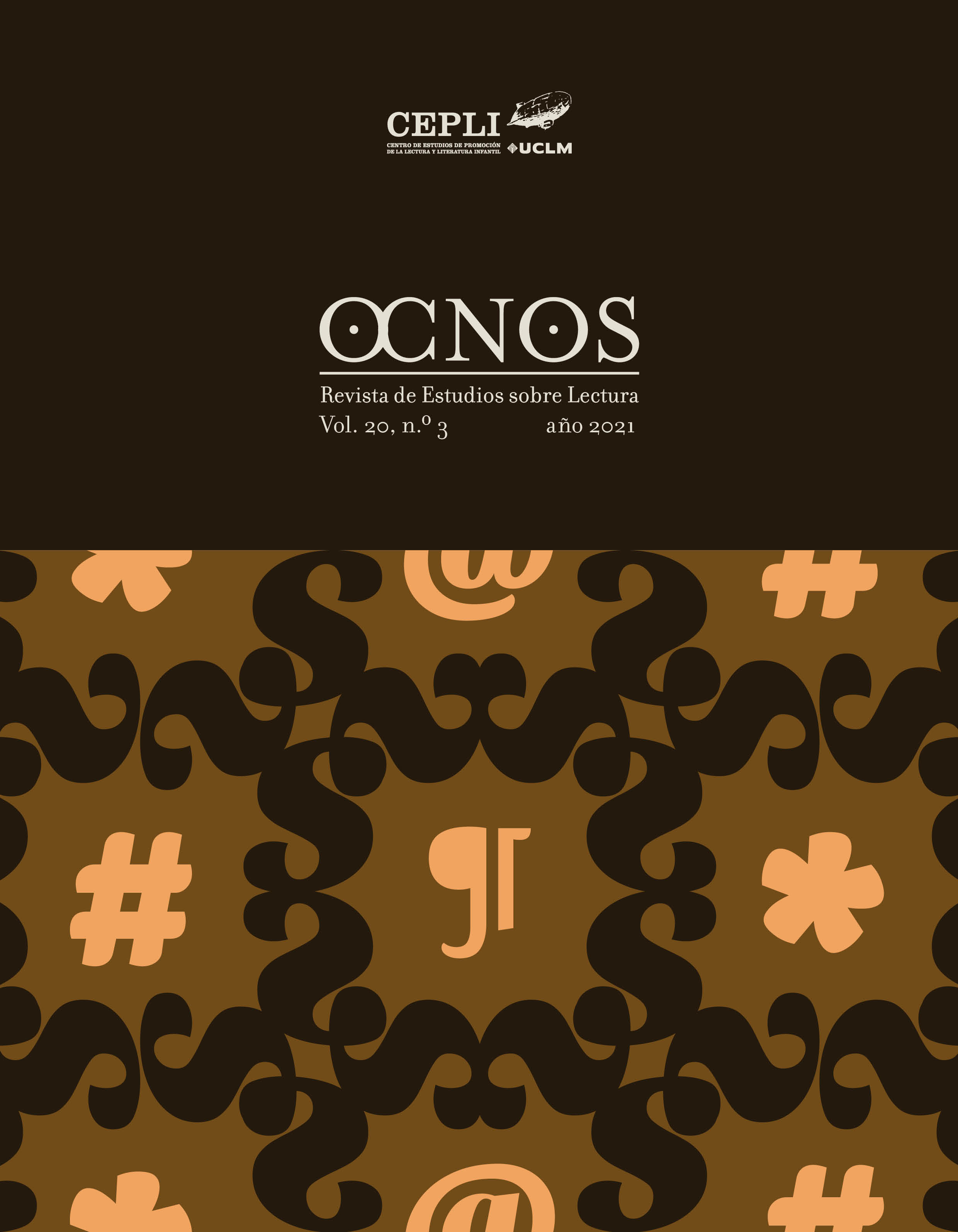The pencil and the dragon semiotics of sequentiality in the children’s picture book
Main Article Content
Abstract
Sequentiality can be briefly explained as a way of conveying meaning that happens when a work is segmented into small units. The theory about sequentiality started with comic artists such as Will Eisner and Scout McCloud at the end of the last century. However, even though the picture book is, in the same way as the comic, eminently sequential, this characteristic has been little studied. This is a theoretical article based on Multimodal Analysis and whose objectives are: a) to argue why sequentiality should be considered one of the fundamental semiotic modes of the narrative picture book, together with the text and the image; b) analyse how the sequentiality strata are formed and c) define concepts to analyse sequentiality, such as the panel, the sequential gap and the page break. Having a theory of sequentiality for the picture book is relevant to analyse in greater depth the aesthetic resources that artists use and to formulate better strategies for the development of reading and visual literacy.
Downloads
Article Details

This work is licensed under a Creative Commons Attribution-NonCommercial-NoDerivatives 4.0 International License.
The articles published at Ocnos will have a Creative Common Licence Creative Commons Attribution-Noncommercial-No Derivative Works 3.0 Unported

